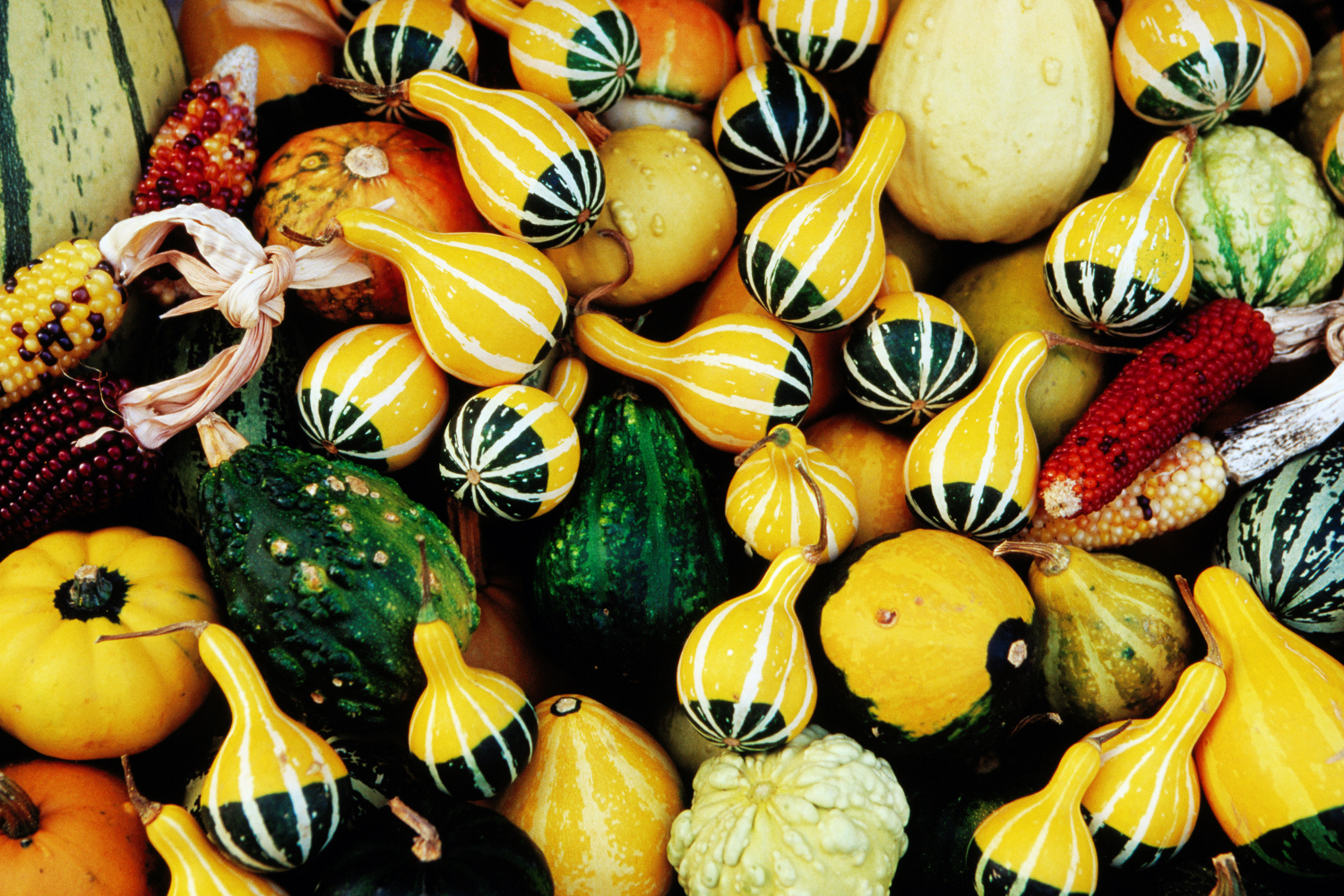
You’re a one-stop-shopper? Every Friday (weather-permitting) from mid-March to October Odprta Kuhna (Open Kitchen) in Ljubljana’s Central Market is an opportunity to try many of Slovenia's culinary delights in one place. Dishes are cooked on site at the open-air food fair by dozens of restaurants from around the city and beyond.
The most popular prepared meat in Slovenia is pršut, an air-cured ham from the Karst region that is not unlike Italian prosciutto. The ham is salted and hung outdoors to dry in the autumn; it is said to get its distinctive taste from the burja, the fiercely cold northeast wind in the Karst region.
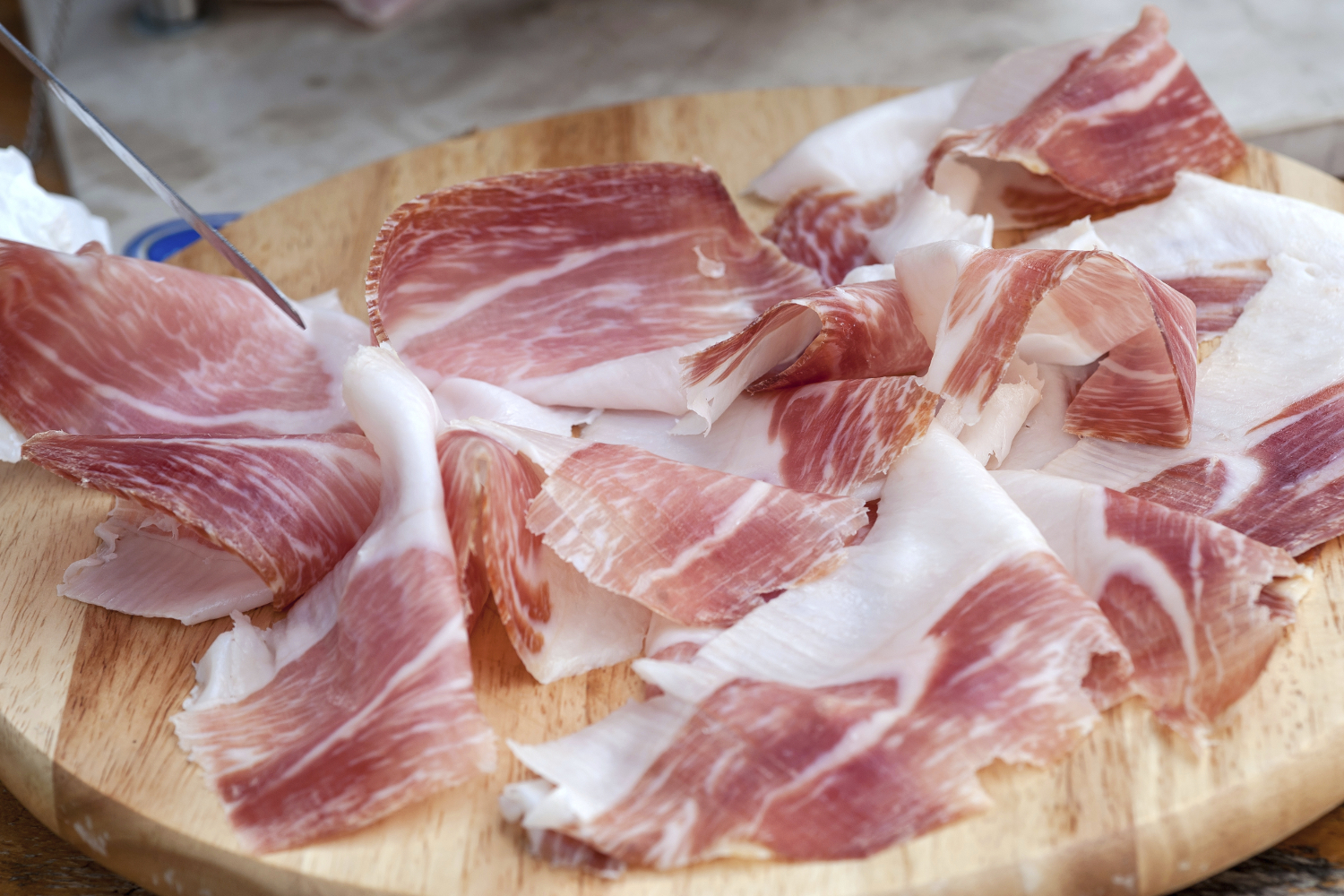
Sliced paper-thin, pršut is usually served as a starter with black olives, though you can have it countless ways, including paired with lavender honey and salted peaches at Majerija in the village of Slap in the Vipava Valley. An excellent accompaniment is ruby-red teran or rebula wine; sample the lot at Faladur in Ajdovščina. The best place to buy it in Ljubljana is Kraševka, which stocks only the highest-quality Karst pršut.
The great contribution of Idrija, a town in the central Primorska region west of Ljubljana, to the national cuisine is žlikrofi, pasta pockets made with a filling that combines fatty spiced pork, onions and herbs such as marjoram and chives. They’re a bit like ravioli, which is not surprising with Italy so close by. The accompanying sauce can be anything from melted butter and mushroom gravy made with chanterelles to a rich meat sauce called bakalca prepared with lamb.
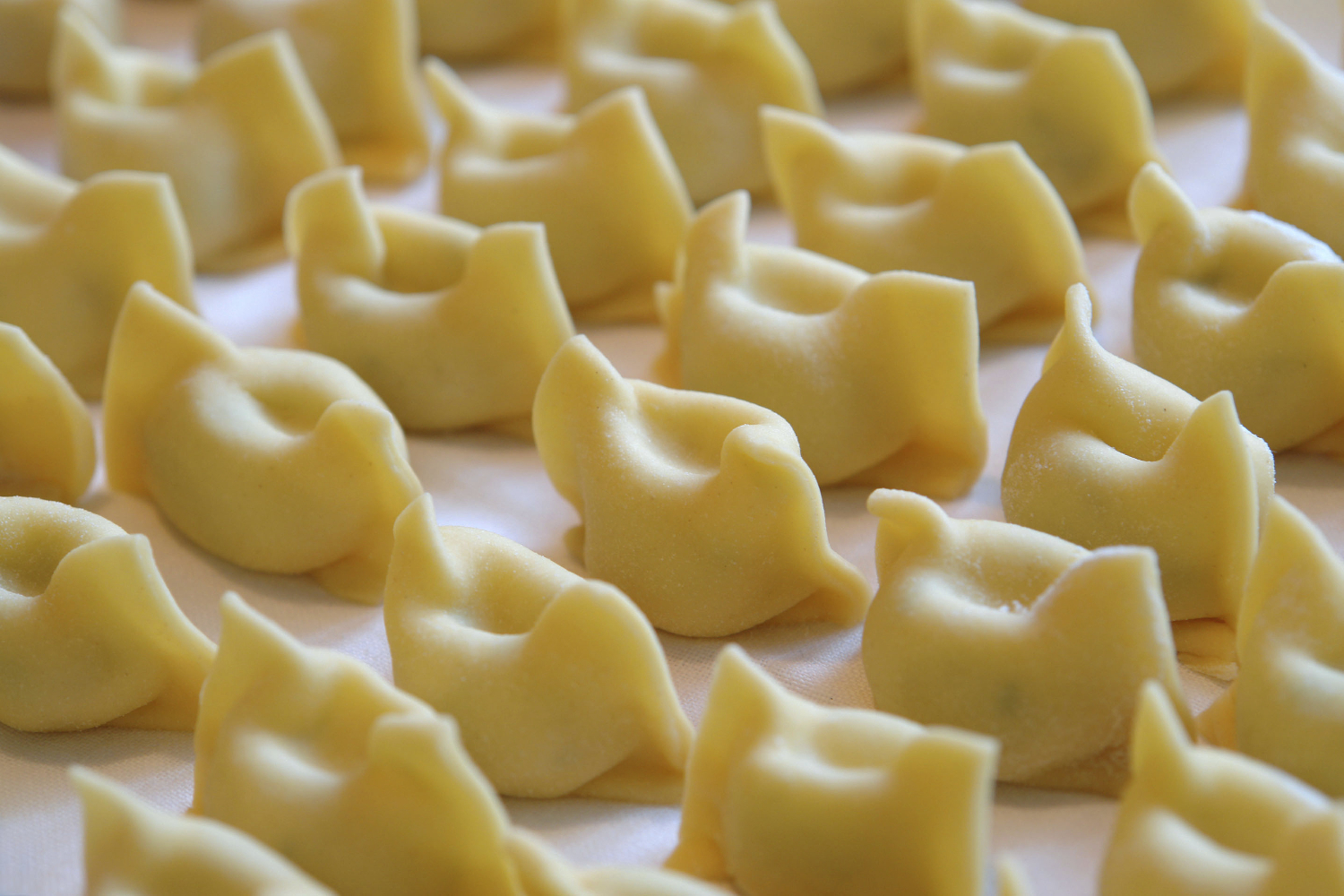
Idrijski žlikrofi were awarded a protected geographical status in 2010 – the first Slovenian dish to be so recognised; it would be a shame not to eat them on site. Options are many in Idrija, but the best žlikrofi are served at the restaurant of Hotel Jožef.
Slovenia is a major producer of hops, an essential component in brewing that gives beer its pleasantly bitter flavour and aroma. Hops grown in the Savinja Valley in the east, said to taste of lemongrass, are used locally; the commercial brewer Laško (which produces the two most popular pilsners, Zlatorog and Union) won’t let you forget it in August, with billboards everywhere announcing the start of the harvest.
You can learn everything you’ll need to know about hops and brewing and have a taste at the Eko Muzej in Žalec near Celje or at the Union Experience in Ljubljana. DIYers should check out Slovenia’s new craft beers: Human Fish, Pelicon, Reservoir Dogs, Mali Grad and Vizir. In Ljubljana sample them at Tozd along the Ljubljanica River or join a fabulous Ljubljananjam craft-beer walk.
Slovenian wine has come a long way since the 1970s when cut-rate Laški Rizling was the tipple of choice at student parties. Both red and white wines are produced in the western Primorska region, while Podravje in the northeast makes whites almost exclusively.
In the west, the wide Vipava Valley has dozens of family-owned producers offering the chance to taste indigenous red teran and fresh whites from the zelen and pinela grapes. For the big picture visit the Vinoteka Vipava.
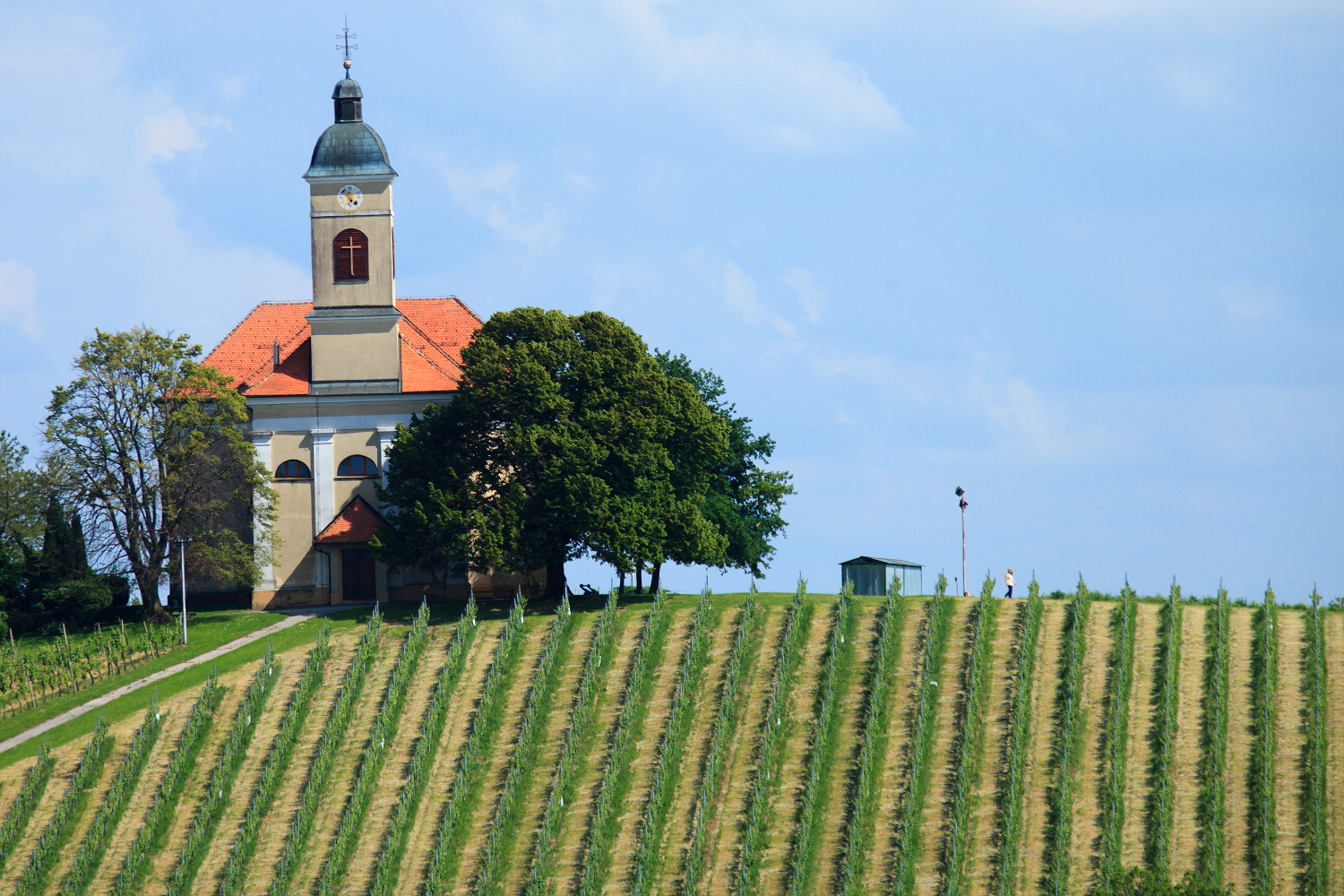
Similar is the Jeruzalem-Ljutomer Wine Road in the northeast. Sample local whites – rieslings, sauvignons, šipon (furmint) – at such producers as Kupljen . If you can’t get out of Ljubljana, the best places for wine-tasting in the city are Dvorni Bar and Vinoteka Movia.
Prekmurska gibanica, a kind of layer cake from Slovenia’s easternmost province, Prekmurje, is the most popular dessert in the country. In essence, this calorific concoction has shortbread at the bottom, with strudel pastry separating four different layers of filling (poppy seeds, sweet curd cheese, walnuts and apples) and brushed with cream. Recipes do vary – some people add raisins or sultanas to the apple layer – but if they go too far off-piste, the cake can’t by law be called the Prekmurje variety.
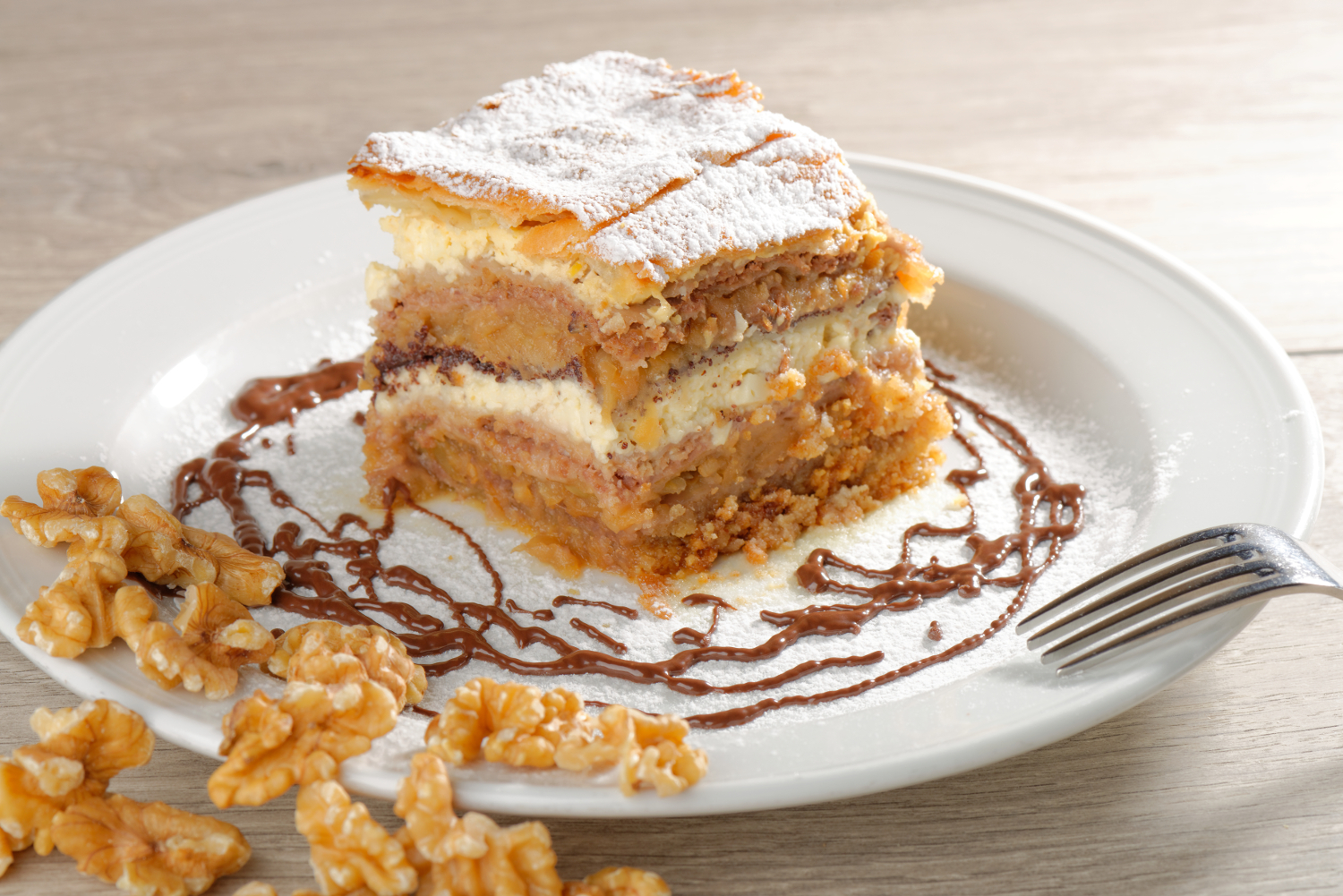
On its home turf you won’t find better gibanica than at Gostilna Rajh, whose innovative chef turns it into gibanica ice cream in summer. In Ljubljana the best gibanica is served at Güjžina, a Prekmurje-style restaurant in the Old Town.
Many visitors insist that the most unique taste they’ve experienced in Slovenia is pumpkin-seed oil. It’s made by pressing roasted, hulled pumpkin seeds from a local variety of the gourd. Pumpkin-seed oil has a rich, nutty taste and can appear from light green to dark red, chameleon-like. It’s usually used as a dressing for salads, or try it dolloped on cream soups at Gostilna Pri Kmetec in Celje or Gostilna Rajh in Bakovci.
For a real treat pour some on vanilla ice cream, then sprinkle with green pumpkin seeds or cracked walnuts. You can buy the oil direct from producers such as Oljarna Fram in Fram, southwest of Maribor. Oliviers & Co in Ljubljana’s Old Town has a fine selection of both roasted and cold-pressed pumpkin-seed oil, from Kocbek.
Water may seem a strange choice for a list of Slovenia’s top drinks and dishes, but it’s a very serious matter here. Slovenia – and especially Ljubljana, chosen as the Green Capital of Europe 2016 – has some of the highest-quality drinking water in the world. It’s currently the subject of a wide-ranging exhibition (open until May 2016) at the City Museum of Ljubljana.
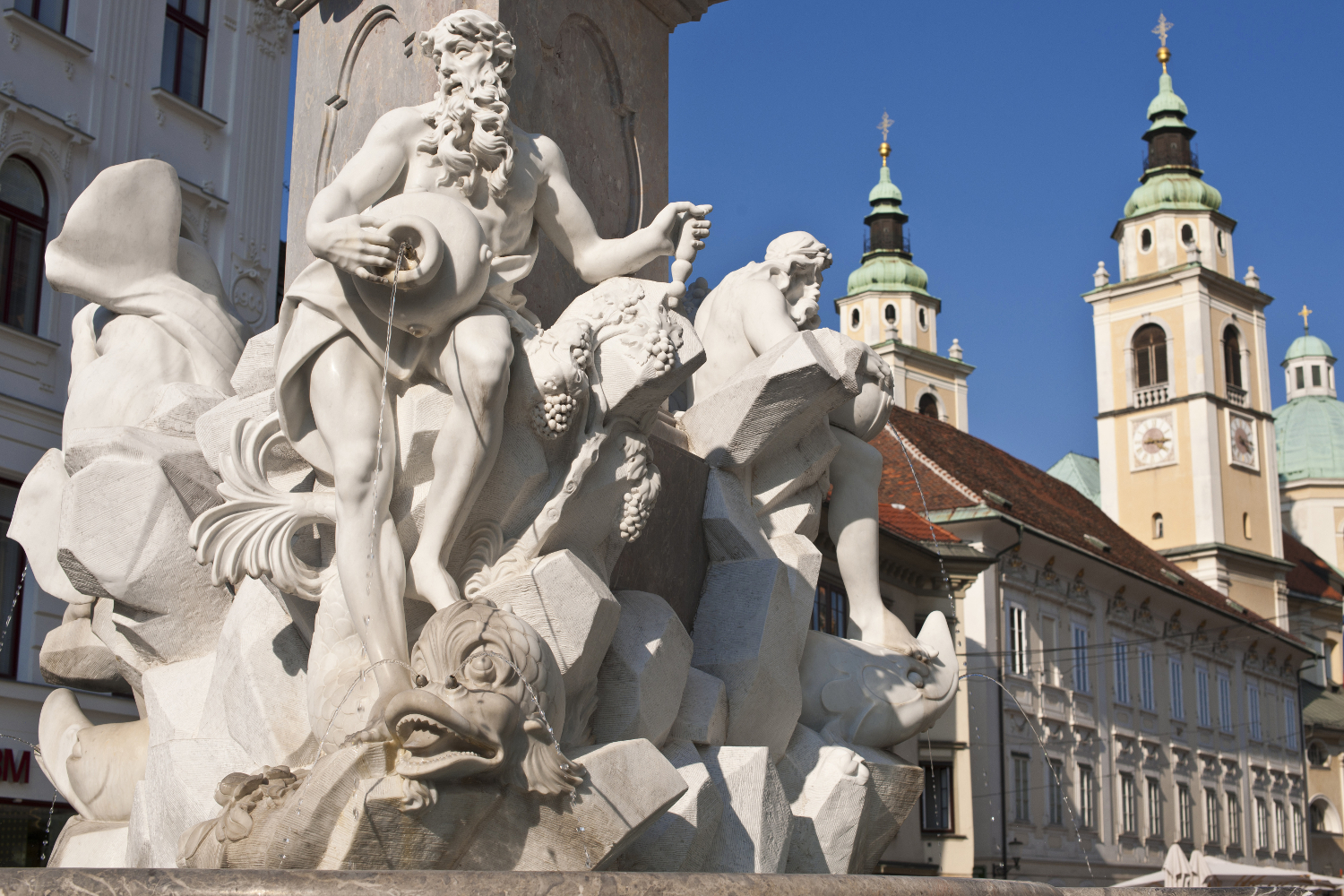
What’s more, Ljubljana now counts almost 20 drinking fountains, many of them works of art, and everyone is encouraged to fill their bottles here. For something just as pure but more complex, try Radenska Tri Srca (the ‘Three Hearts’ mineral water from Radenci) or Rogaška Slatina’s Donat MG rich in magnesium.
Slovenia’s local tipple is žganje, a strong brandy or schnapps distilled from a variety of fruits. Common types are slivovka (made with plums), sadjevec (with mixed fruit) and brinjevec (with juniper); a favourite is medica, schnapps flavoured with honey. An unusual type is Pleterska hruška, a pear brandy (also called viljamovka) made by the Carthusian monks at the Pleterje Monastery near Kostanjevica na Krki, where the pears grow inside bottles stuck on branches.
Arguably the best žganje in the land, though, is borovničke (flavoured with wild forest blueberries), particularly the variety produced by the Kejžar family distillery in Zreče in the Central Pohorje region. If you can’t buy it from the source, find it (and many more labels) at the Vinoteka Dvor in Ljubljana.